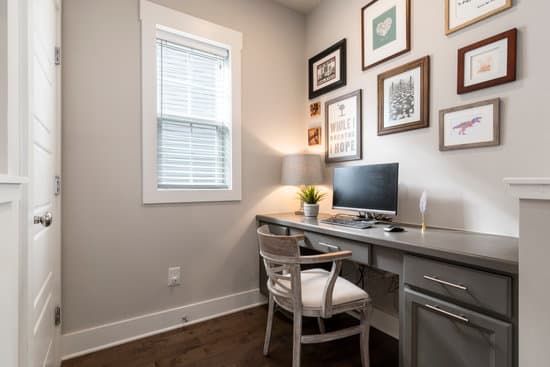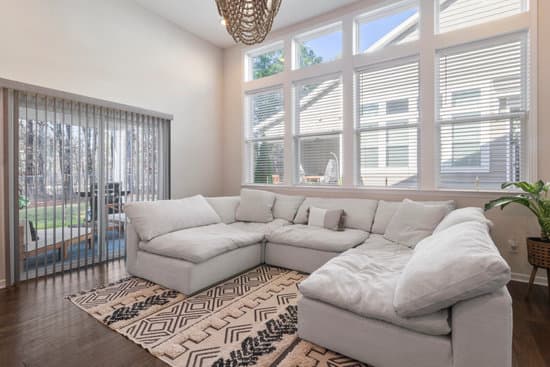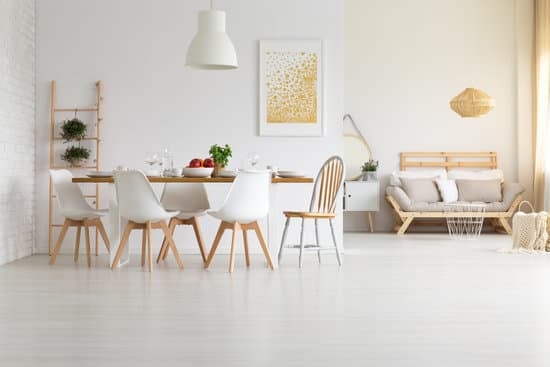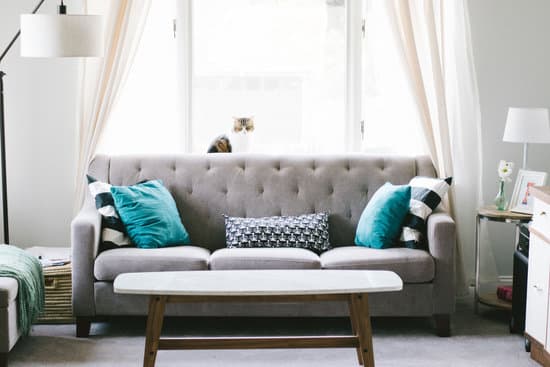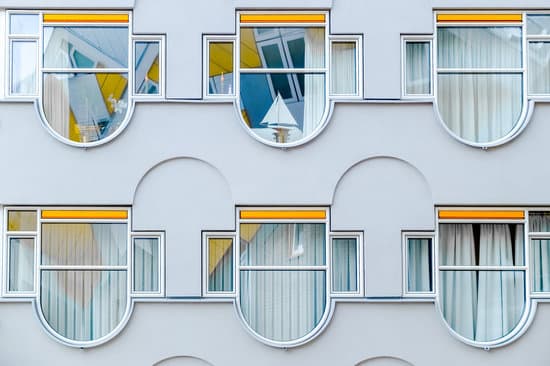One way to make a house look Japanese is by incorporating elements of nature and minimalist design. Here are some tips to achieve this aesthetic:
Organic wood: Incorporate natural wood in your furniture, flooring, and decor. This will add warmth and a touch of nature to your home.
Basic greenery: Add some plants to your home, such as bonsai trees, bamboo, or small potted plants. This will bring some life and color to your space.
Natural lighting: Use plenty of natural light in your home by opening windows and using light-colored curtains. This will create a relaxing and serene atmosphere.
Contemporary furniture: Opt for simple and clean-lined furniture with minimal ornamentation. This will create a sense of simplicity and elegance.
Water features: Consider adding a water fountain or a small pond to your home. The sound of water will create a peaceful environment.
Oversized soaking tub: A Japanese soaking tub will add a luxurious touch to your bathroom while providing relaxation and stress relief.
Luxurious floor cushions: Use floor cushions in your living room or meditation area for comfortable seating and a relaxed vibe.
Sliding doors: Use sliding doors to divide your space and create a sense of openness. This will add functionality and style to your home.
Natural shades: Choose a color palette for your home that is inspired by the natural world. Soft greens, light blues, and warm earth tones will create a soothing atmosphere.
By incorporating these elements, you can create a Japanese-inspired home that is both beautiful and functional.
Creating a Japanese-inspired home is not just about incorporating simple Zen-like elements, it’s all about reflecting an attitude that values simplicity, nature, and serenity. Japan is known for its sophisticated yet distinctive style, and there are a variety of techniques that can be used to translate that style to your home. Here are some effective ways to incorporate Japanese style into your house.





